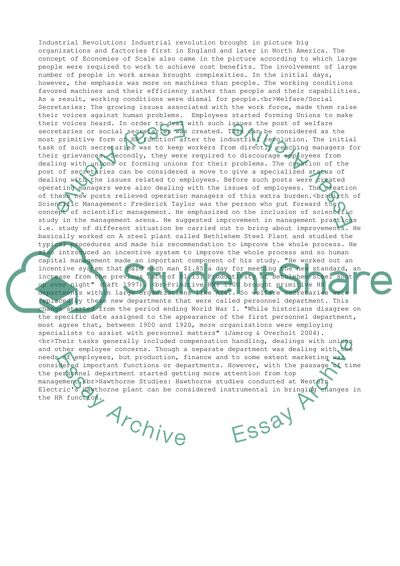Cite this document
(“HR Working Practices & Patterns Essay Example | Topics and Well Written Essays - 3750 words”, n.d.)
HR Working Practices & Patterns Essay Example | Topics and Well Written Essays - 3750 words. Retrieved from https://studentshare.org/business/1518229-hr-working-practices-patterns
HR Working Practices & Patterns Essay Example | Topics and Well Written Essays - 3750 words. Retrieved from https://studentshare.org/business/1518229-hr-working-practices-patterns
(HR Working Practices & Patterns Essay Example | Topics and Well Written Essays - 3750 Words)
HR Working Practices & Patterns Essay Example | Topics and Well Written Essays - 3750 Words. https://studentshare.org/business/1518229-hr-working-practices-patterns.
HR Working Practices & Patterns Essay Example | Topics and Well Written Essays - 3750 Words. https://studentshare.org/business/1518229-hr-working-practices-patterns.
“HR Working Practices & Patterns Essay Example | Topics and Well Written Essays - 3750 Words”, n.d. https://studentshare.org/business/1518229-hr-working-practices-patterns.


